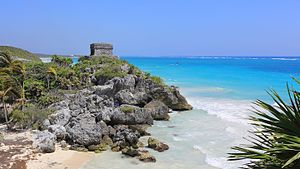

Font issues ?
editOrigination of にょろん
editにょろん is originated from a character 〜 (wave dash), which is similar to a lengthened version of a character '~' (tilde, the character you are using for sign on wikipedia). The Japanese wave sign is not tilde sign, but is a sort of wave sign. This character 〜 is read as にょろ in Japanese or "Nyoro" in Latin alphabet or Roma-ji. This reading is a bit not normal. Normally it may be called as "波記号" (a wave sign), which is not formal too. This is because most Japanese have not known the formal name of the sign (at least until recent years). It can be read in some ways. but I like this reading, にょろ.
The example usages are listed in Japanese_punctuation#Wave_dash. This wave sign is sometimes used by Japanese though not so often and a few for formal situation. There are no citations in the article, but these are ordinary usage and they have been used at lease 30 years ago (around 1975 before fullwidth tilde was defined). Of course, it is not included in any traditional Japanese characters such as kanji, hiragana, katakana, etc. In Tilde#Japanese, it is written that it may be used for sarcasm, but I can not think of such situation.
Tsuruya also use the same phrase. It may be thought it is representing one of psychological feeling this wave dash sign may recall to/represent tsuruya's mind or japanese mind. There are other feelings too, the sign may recall or represent (by its sound or the sign itself).
Pictures ?
editMexican places where I went for vacation during the business travel to USA around 2002. Pictures are not taken by me. Mexican nature is as good as Hawaiian nature. I like both.
Hiding TemplateData
edit- Hide the table of TemplateData from any template documents
- Hide the GUI at the top of edit screen when you edit a template.